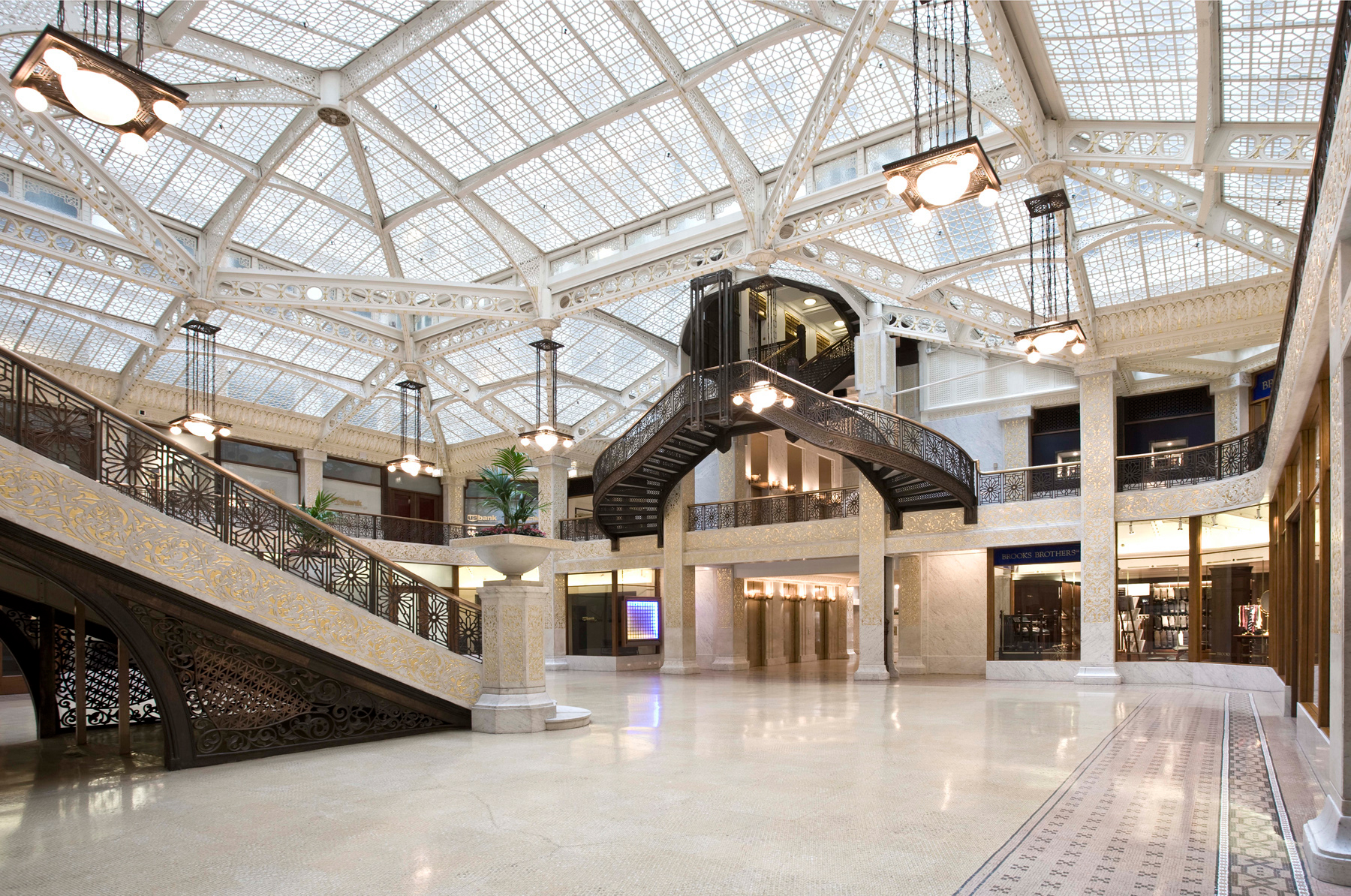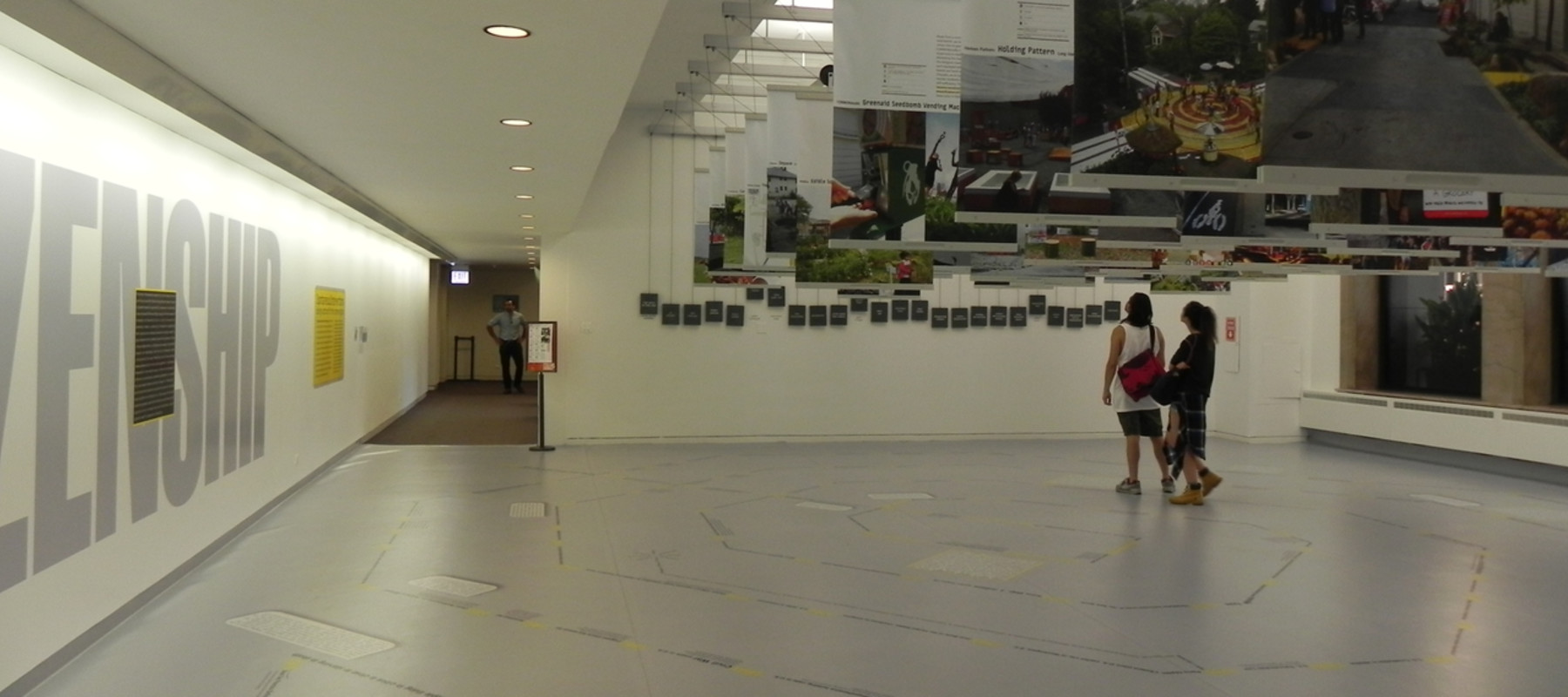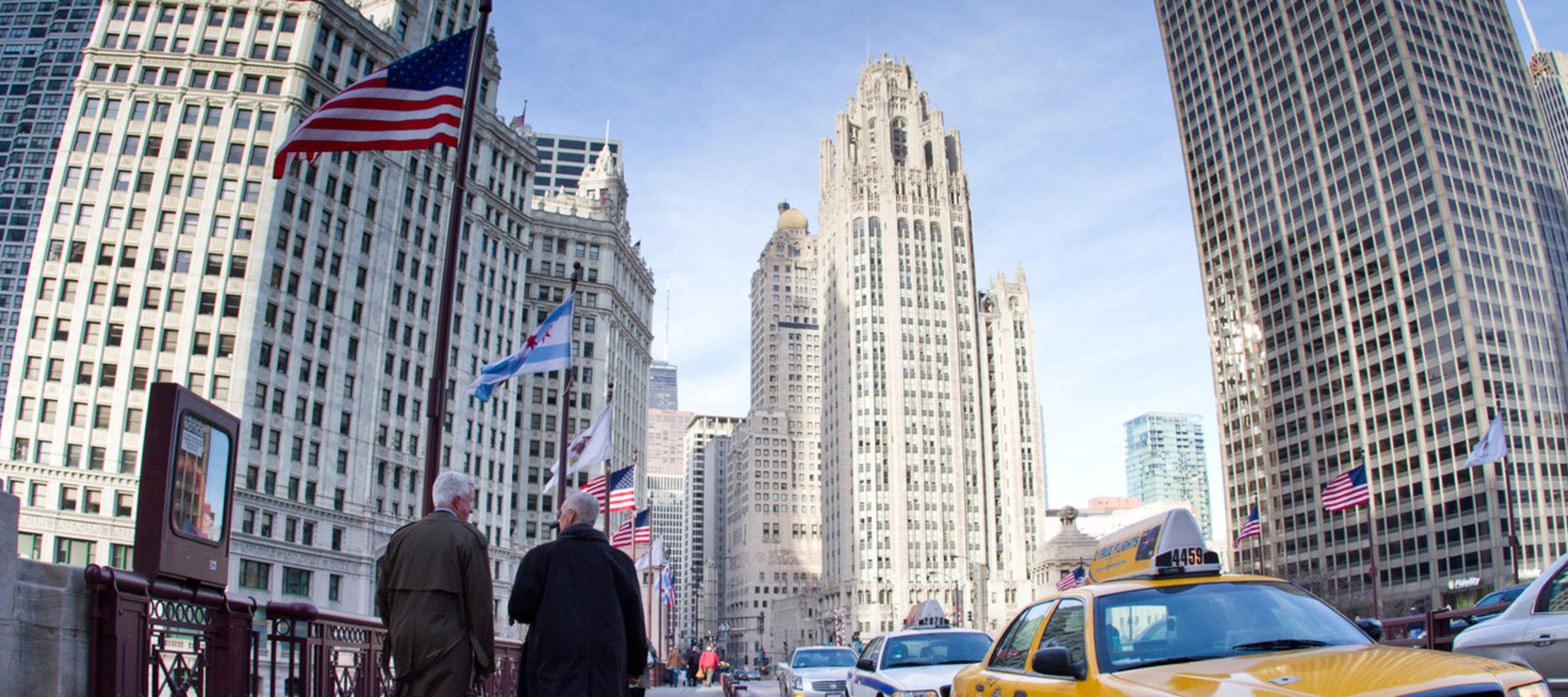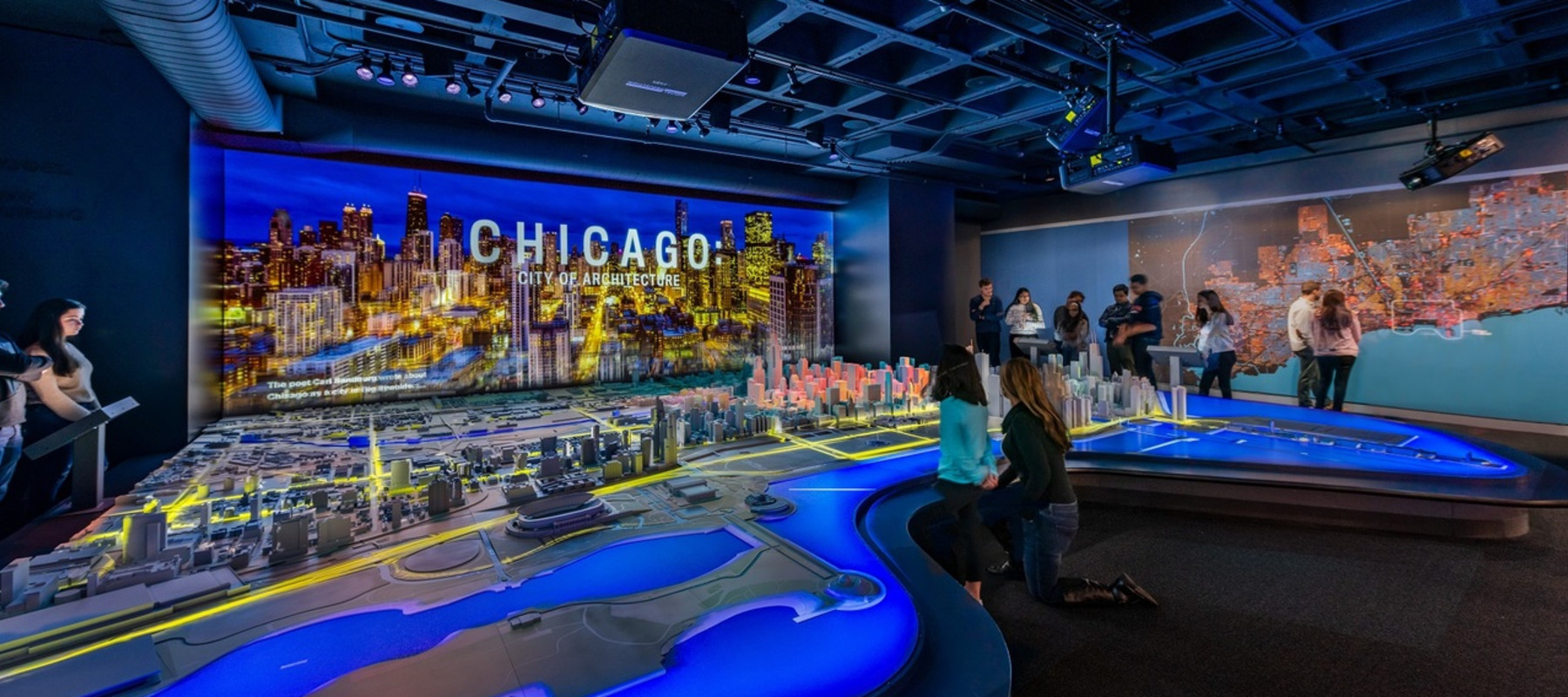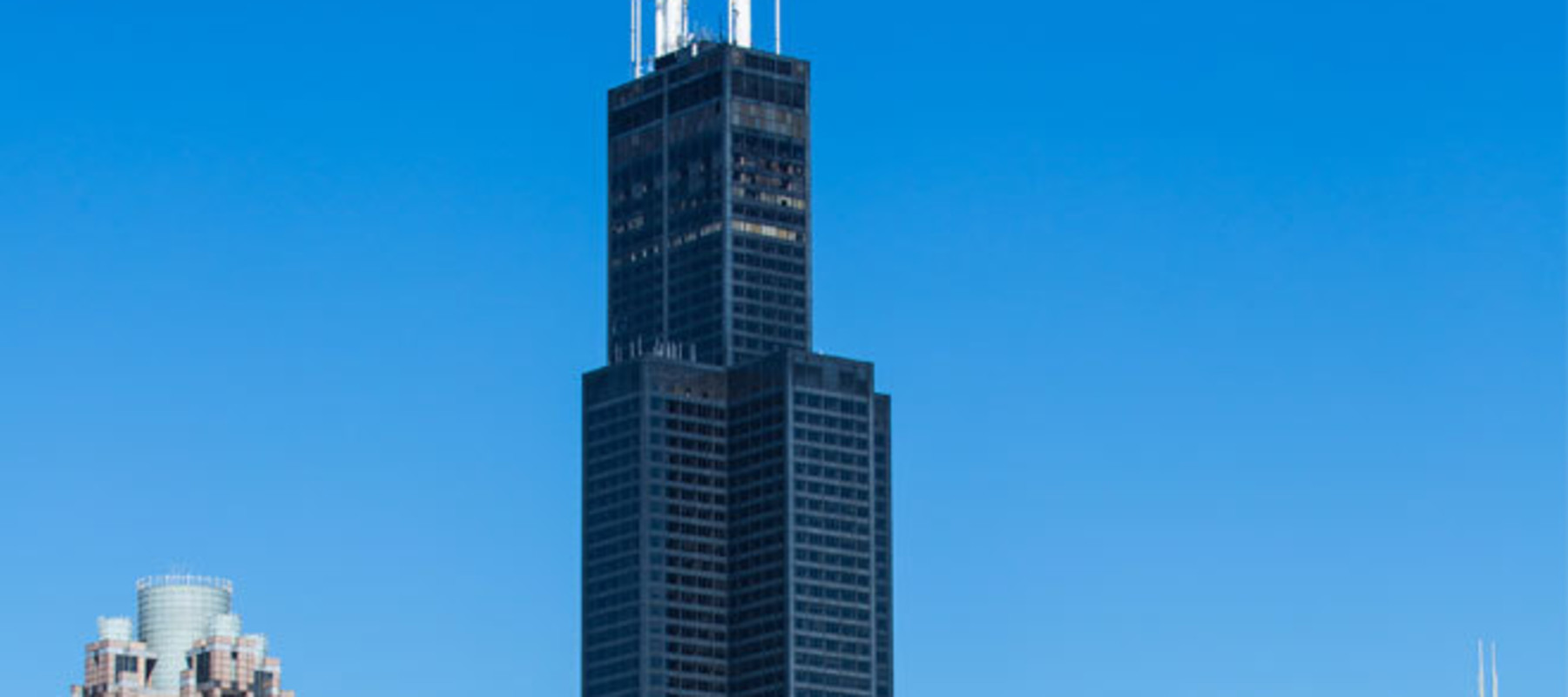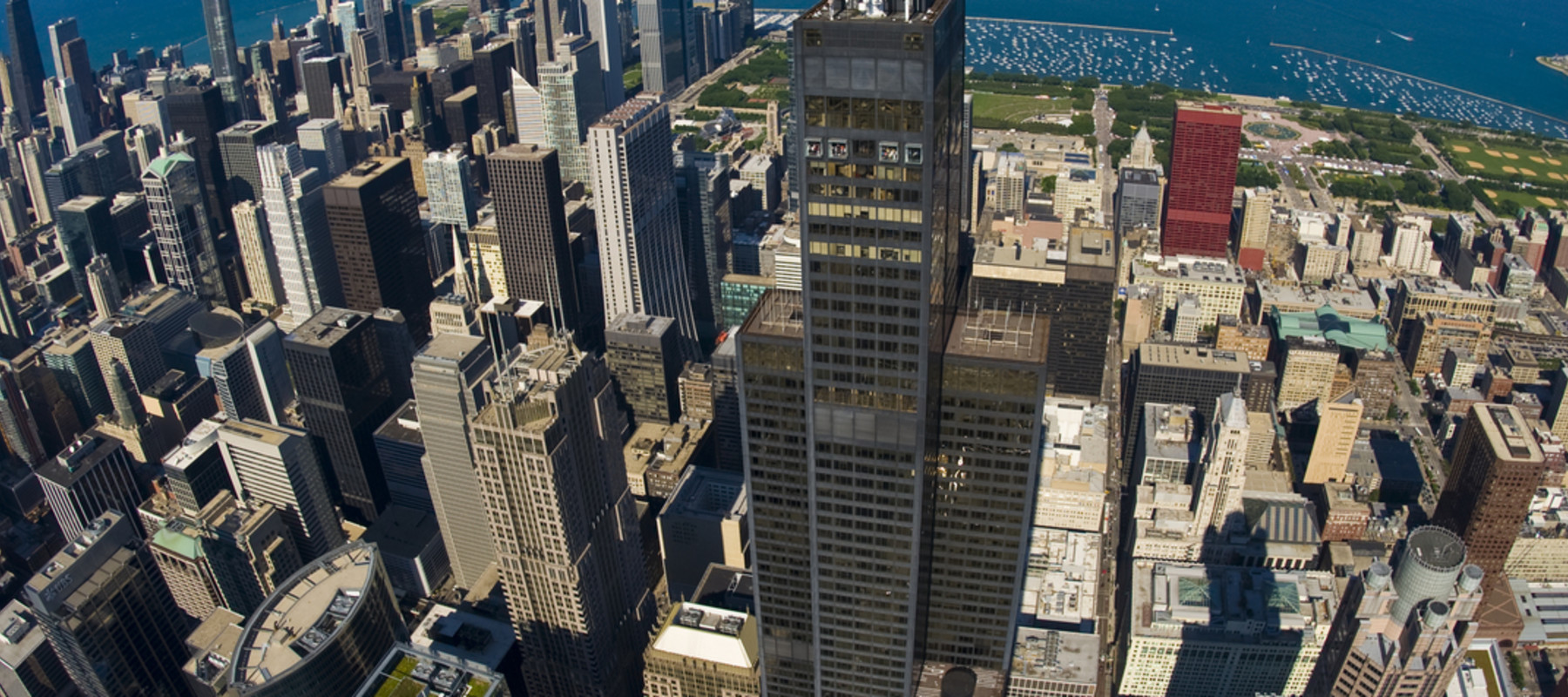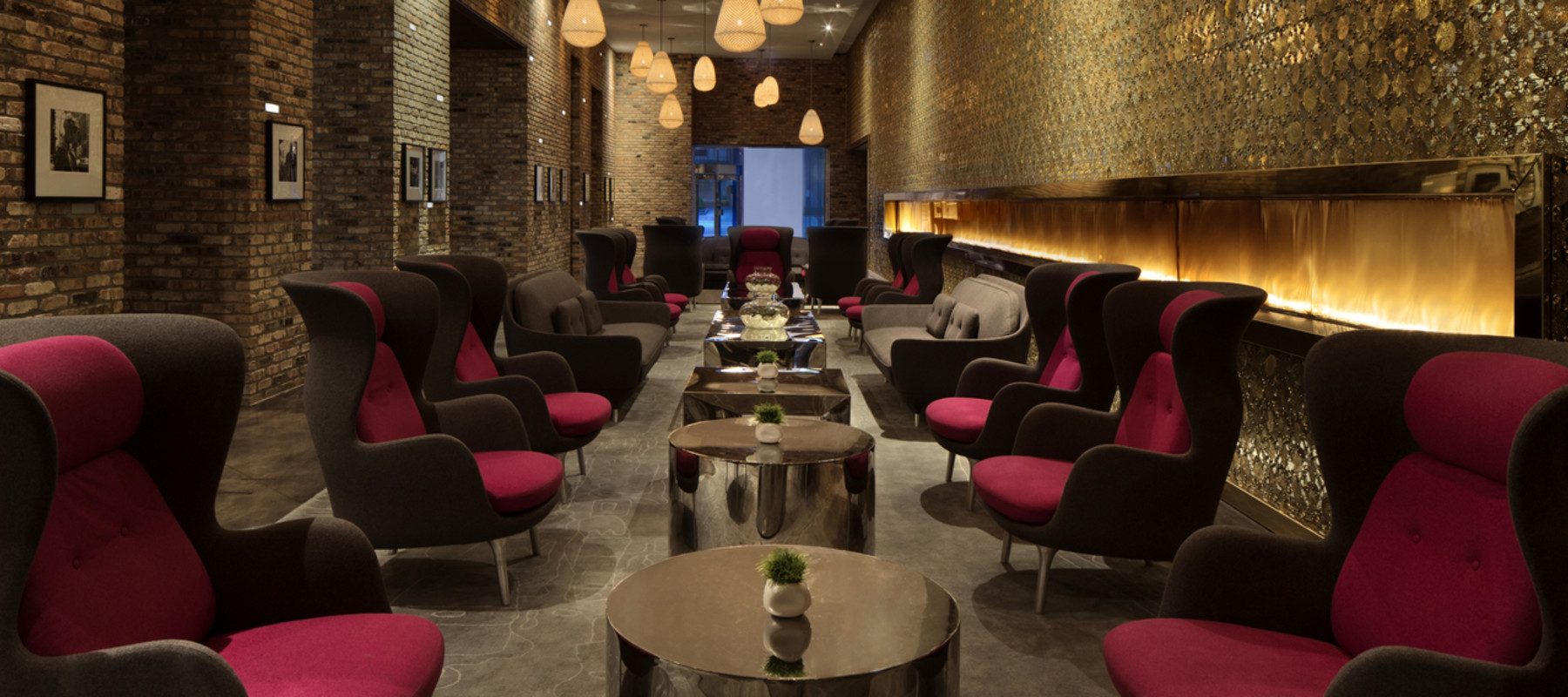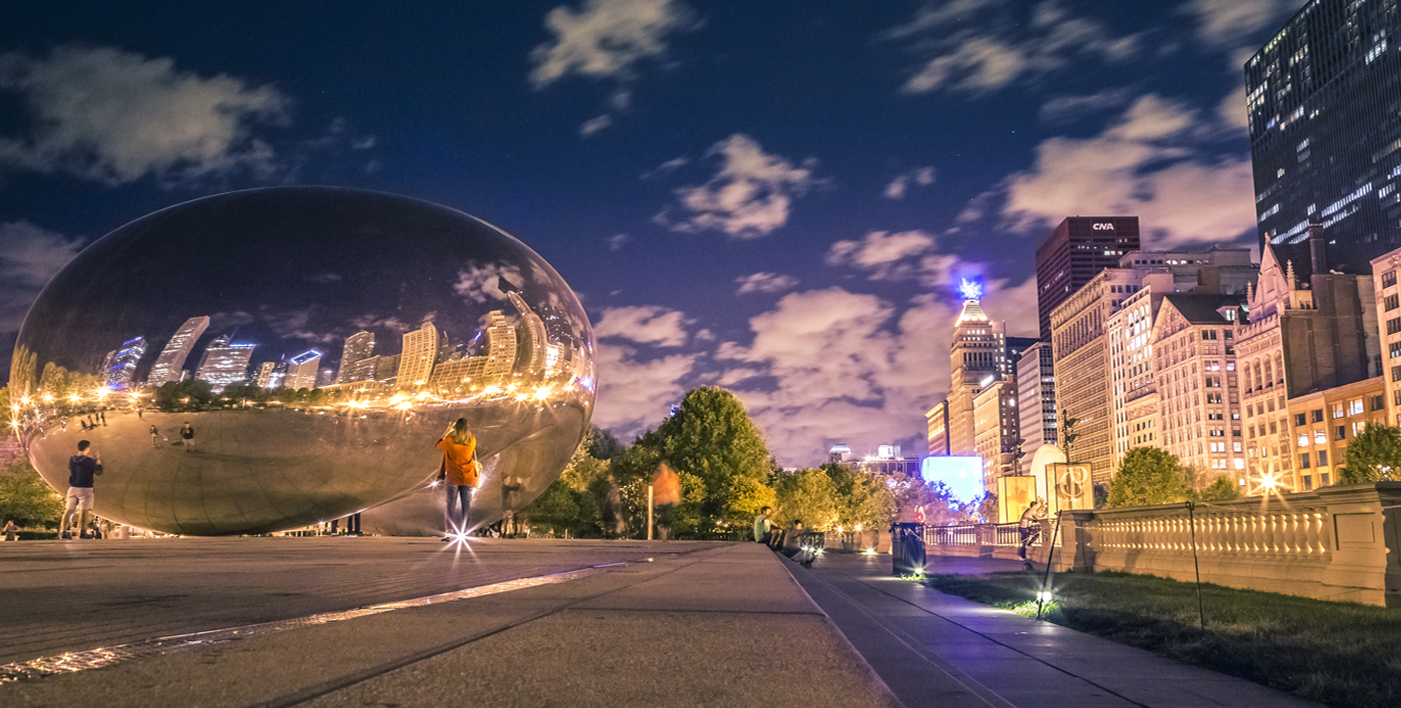Chicago is a city of firsts — and nowhere is this better seen than in our architecture. The city’s ground-breaking structures include the first-ever skyscraper (the now-demolished Home Insurance Building, completed in 1885), a UNESCO World Heritage site designed by Frank Lloyd Wright, and a skyline made of the world’s most iconic buildings.
Here are 10 history-making examples of Chicago architecture, and the many reasons why you should pay them a visit.
1. The Rookery Building
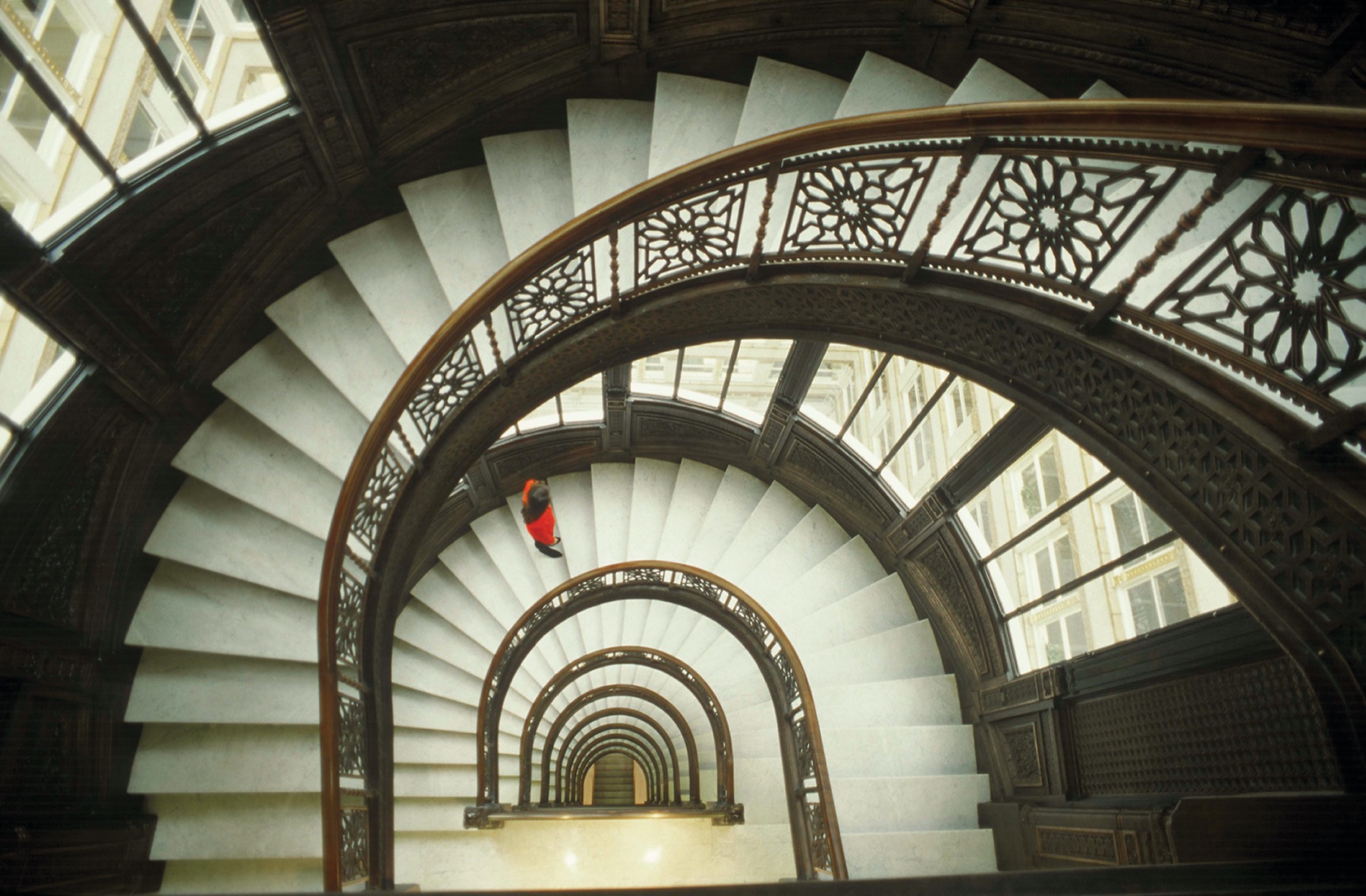
Listed on the National Register of Historic Places, The Rookery Building is located in Chicago’s downtown Financial District. It was designed by famed architectural partners Burnham and Root and was considered one of the world’s grandest buildings when it was completed in 1888. Inside, the winding iron staircase is a must-see.
Another striking feature of the interior is the Light Court. Frank Lloyd Wright redesigned the striking two-story skylit lobby in 1905, recasting it in his signature Prairie style. This is the only project Wright worked on within the downtown cityscape, making it a must-see when you’re in the area.
209 S. LaSalle St., architects: Daniel Burnham & John Root/Frank Lloyd Wright
2. Chicago Cultural Center
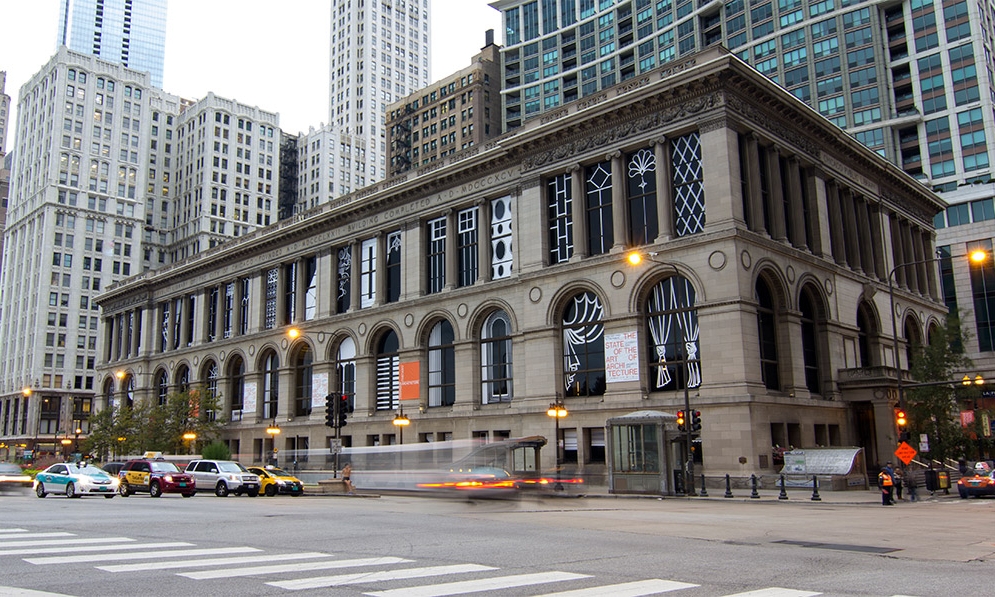
Across the street from Millennium Park, the “People’s Palace” opened in 1897 as the first permanent home for the Chicago Public Library. In 1991, it was rededicated as the Chicago Cultural Center and became the nation’s first free municipal cultural center, hosting concerts, art exhibitions, and other programming throughout the year.
Listed as a Chicago Landmark and on the National Register of Historic Places, the massive building was designed in the Classical Revival style, taking inspiration from the monumental structures of ancient Greece and Rome, and the finely detailed buildings of the Italian Renaissance.
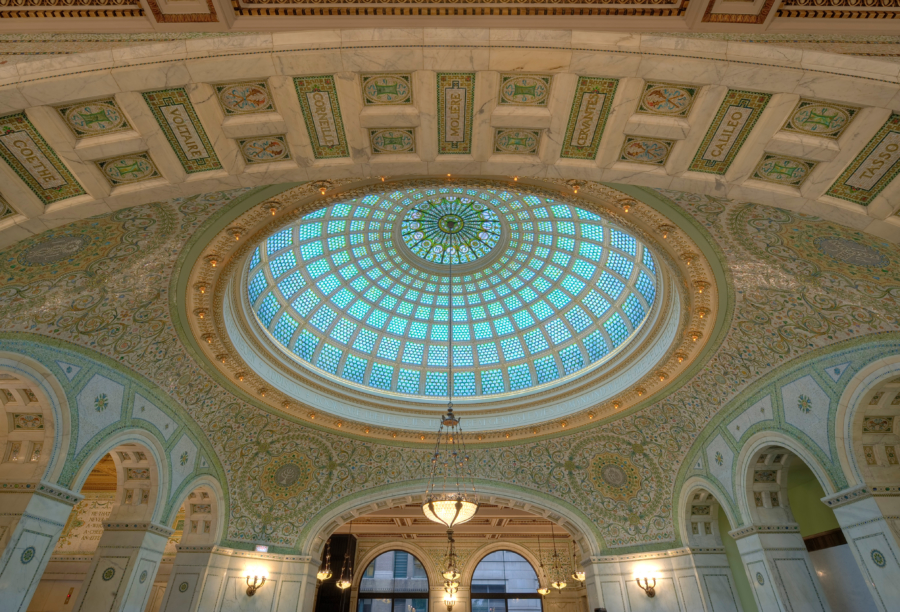
Step inside to admire the lobby’s intricate mosaics of glass, gold leaf, mother of pearl, and precious stones. In Preston Bradley Hall, gaze up at the luminous 38-foot-diameter dome, the largest Tiffany glass dome in the world, containing approximately 30,000 individual glass pieces.
Want to dive deeper? The Chicago Cultural Center offers free guided tours that are open to the public.
78 E. Washington St., architects: Shepley, Rutan and Coolidge
3. Wrigley Building
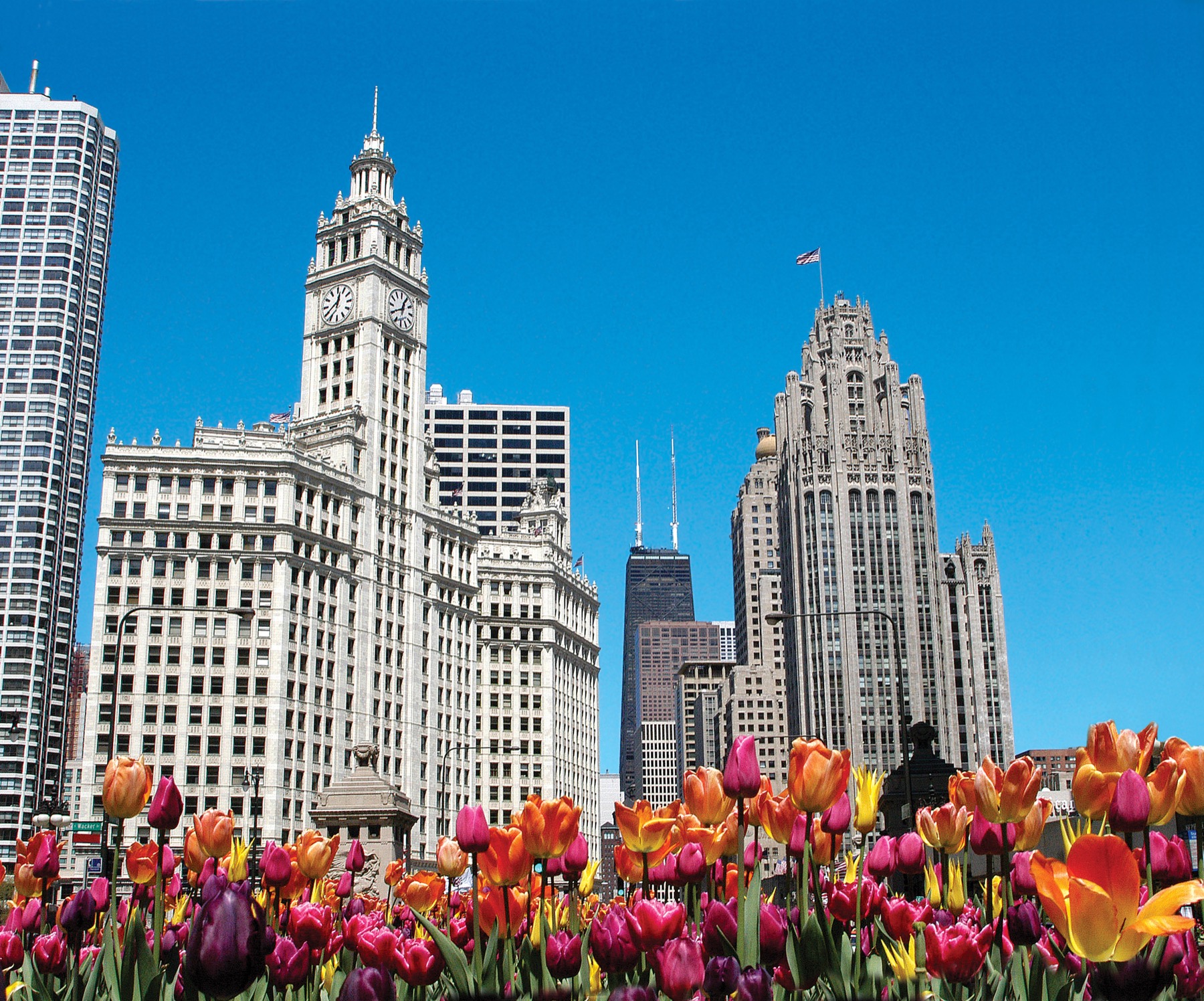
The riverfront Wrigley Building draws inspiration from Spain’s Seville Cathedral combined with French Renaissance details. The building is made up of two towers of differing heights connected by walkways, all clad in glazed terra-cotta.
The gleaming white exterior was inspired by William Wrigley’s visit to Chicago’s World’s Columbian Exposition in 1893, known as the White City.
The building is one of the most recognizable along The Magnificent Mile, sitting proudly on Michigan Avenue along the banks of the Chicago Riverwalk, an award-winning, pedestrian-friendly walkway.
400 N. Michigan Ave., Graham, Anderson, Probst & White
4. Tribune Tower
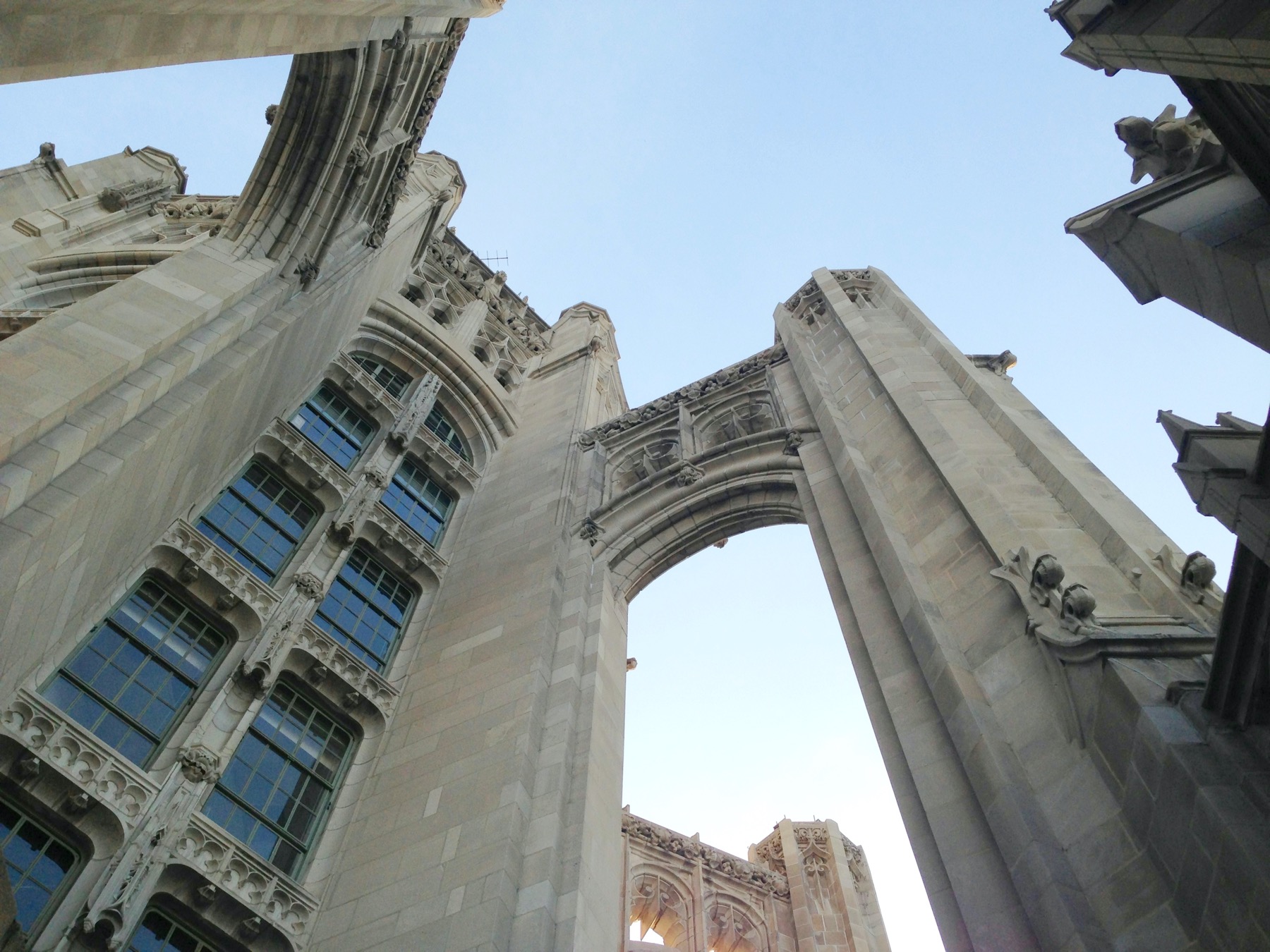
Standing across from the Wrigley Building, the soaring Tribune Tower was born from a competition held by Chicago Tribune to design “the most beautiful building in the world” for the newspaper’s new headquarters.
New York firm Hood and Howells beat out over 250 concepts with its Gothic Revival design, featuring limestone walls, elegant buttresses, intricately carved stonework, and Art Deco touches. The building’s crown was inspired by Medieval European towers, like the 13th-century Rouen Cathedral in France.
In keeping with the concept of borrowing from the past, the Tribune Tower’s facade incorporates some 150 fragments from historic buildings and sites, including the Winter Palace in Beijing, Westminster Abbey in London, the Great Pyramid in Giza, The Great Wall of China, and the Parthenon in Athens.
435 N. Michigan Ave., architects: Hood and Howells
5. Willis Tower
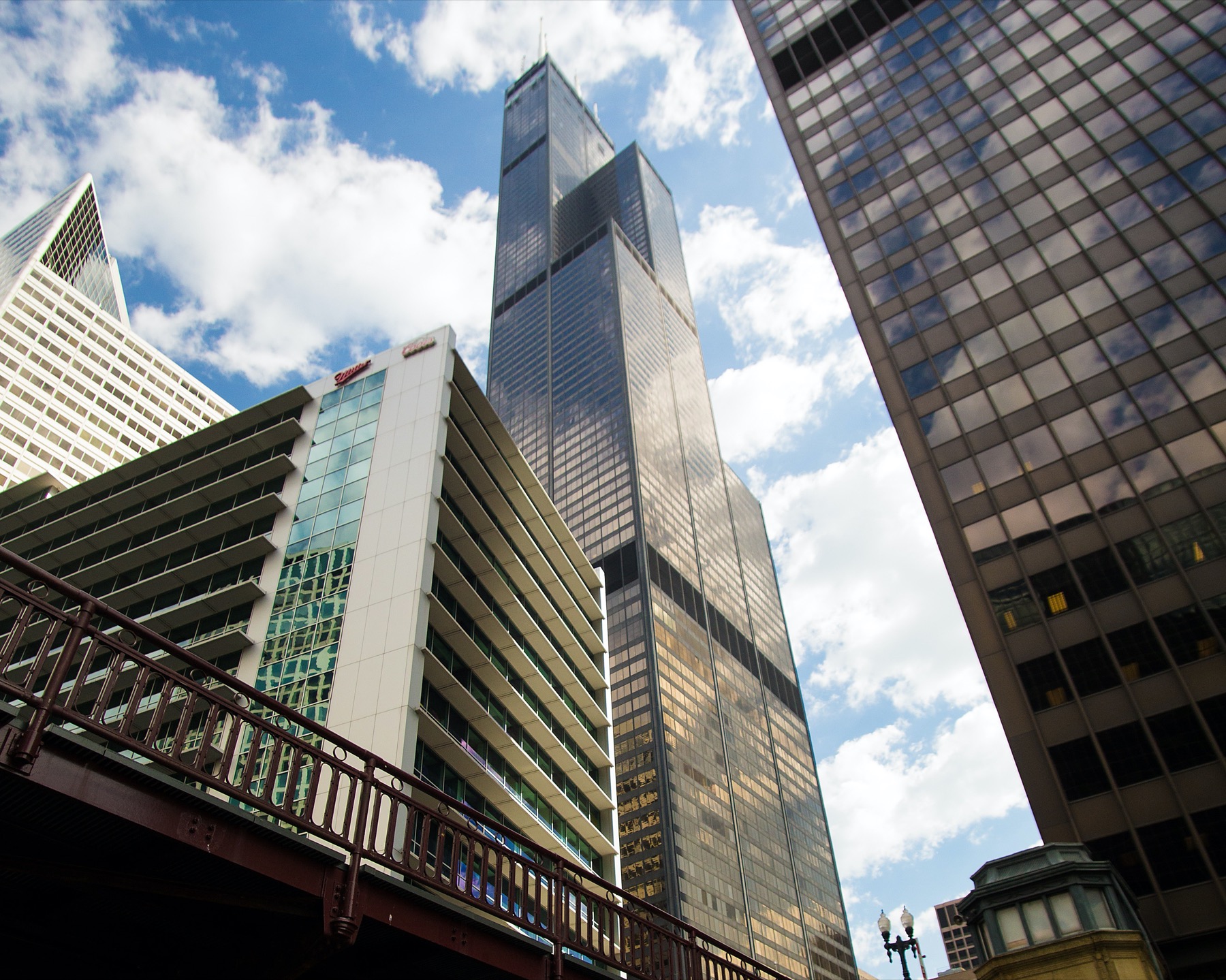
Formerly known as the Sears Tower, the Willis Tower is the city’s tallest building and the second tallest structure in the Western Hemisphere.
The Willis Tower soars above downtown Chicago, standing tall at 110 stories (1,450 feet). The building, known for its black and bronze facade, is composed of nine separate “tubes” that strengthen the structure as a whole and rests wind load. This innovative design was completed in 1973, ushering in a whole new era of skyscrapers.
Take in the breathtaking views from Skydeck Chicago on the building’s 103rd floor. The observation deck is home to The Ledge, a series of all-glass bays that extend from the building to provide visitors with unobstructed views of Chicago and the ground below — 1,353 feet straight down. In addition to The Ledge, the new Skydeck experience features museum-quality interactive exhibits.
233 S. Wacker Drive, architects: Skidmore, Owings & Merrill
6. Robie House
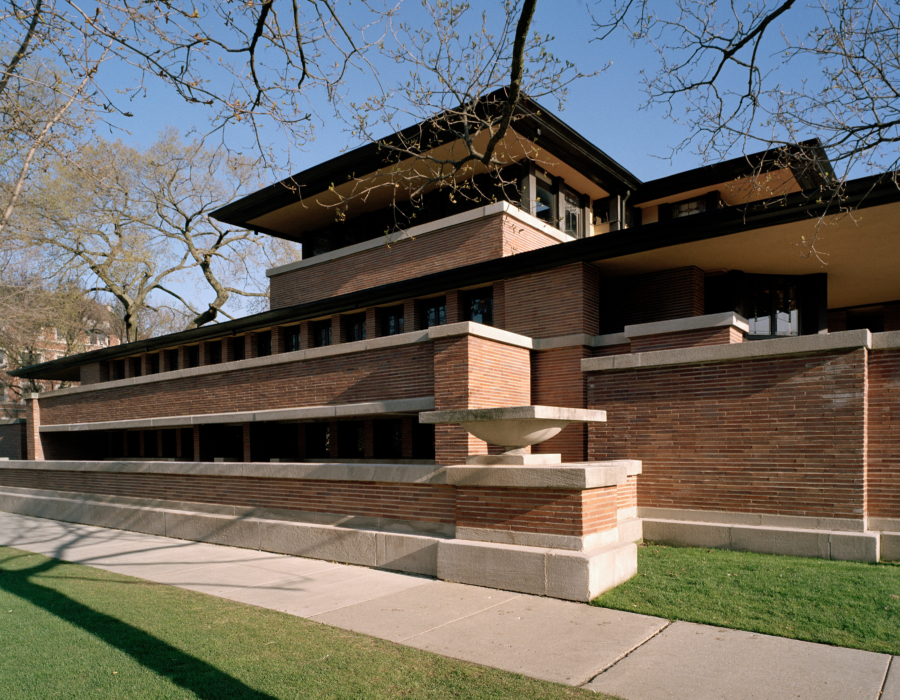
In Hyde Park, the Robie House is a hidden gem that’s one of the finest existing examples of Frank Lloyd Wright’s signature Prairie style. Considered a masterpiece of modern architecture, the home is listed as a UNESCO World Heritage Site. Built in 1910, the Robie House underwent a comprehensive restoration to reveal Wright’s original vision.
Take a guided tour to learn more about the visionary design. Public and private tours are available of both the exterior and interior of the home.
5757 S. Woodlawn Avenue, architect: Frank Lloyd Wright
7. TheMART
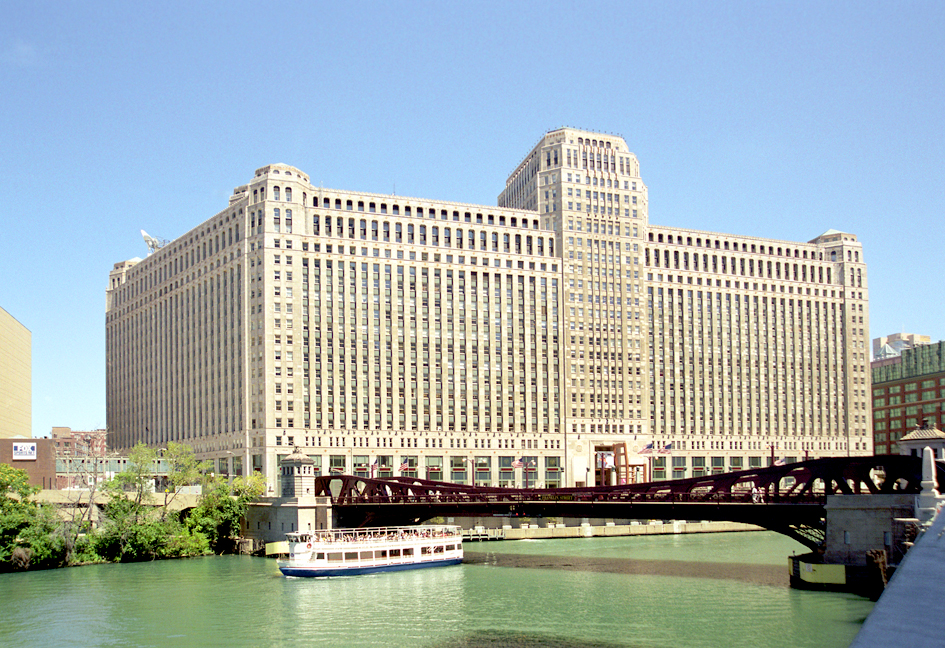
Covering two city blocks and rising 25 stories above the Chicago River, theMART (originally called The Merchandise Mart) was the largest building in the world when it was completed in 1930. With more than four million square feet of floor space, the commercial building is so large that it previously had its own dedicated ZIP code.
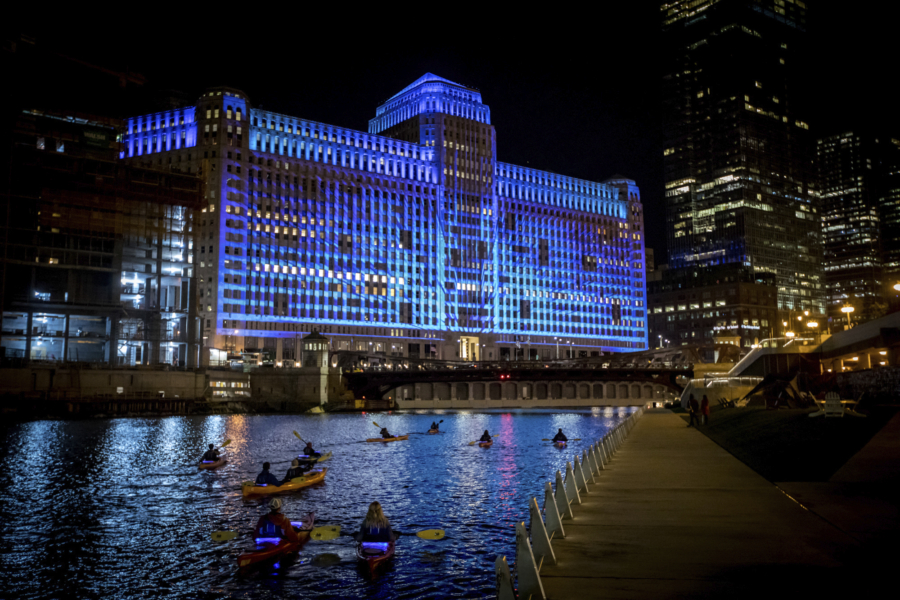
Today, TheMART is home to Art on theMART, the largest digital art projection in the world. The first-of-its-kind display features a curated series of digital artworks projected across 2.5 acres (the equivalent of two football fields) of theMART’s river-facing facade every night from April through December.
222 N. Merchandise Mart Plaza, architects: Graham, Anderson, Probst and White
8. Marina City
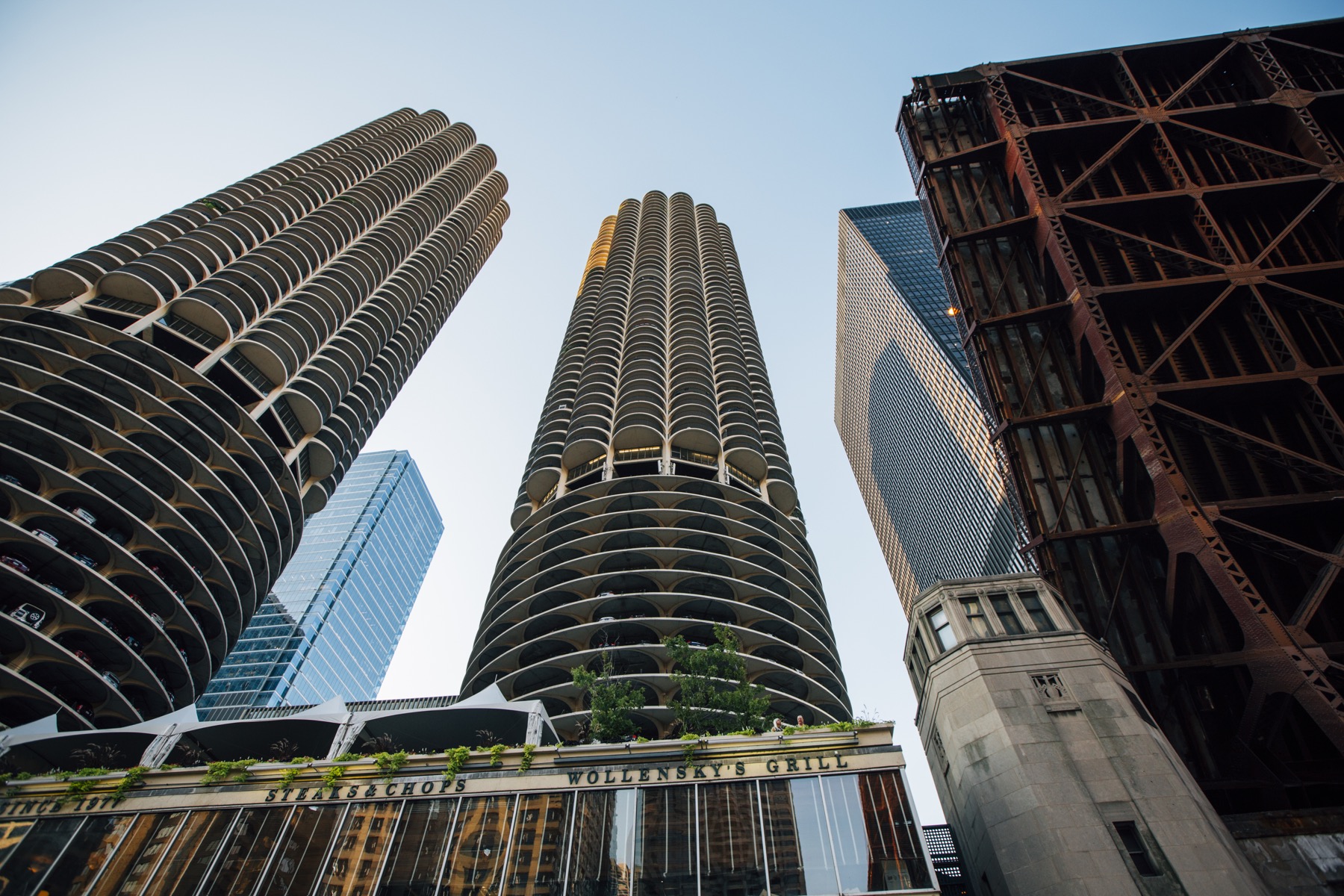
If the Marina City towers look familiar, it may be because they’ve been featured prominently in pop culture, from movies to TV shows to album covers, since the one-of-a-kind design first debuted in 1963.
Located along the main branch of the Chicago River, this designated Chicago Landmark’s distinctive design features two cylindrical towers that bear a striking resemblance to corn cobs. At the time of its opening, it was the tallest residential building and the tallest concrete structure in the world.
When it opened in 1967, it was touted as a new vision of urban living, with amenities like a theater, gym, swimming pool, ice rink, bowling alley, marina, retails, and more.
300 N. State St., architect: Bertrand Goldberg
9. 875 N. Michigan Ave.
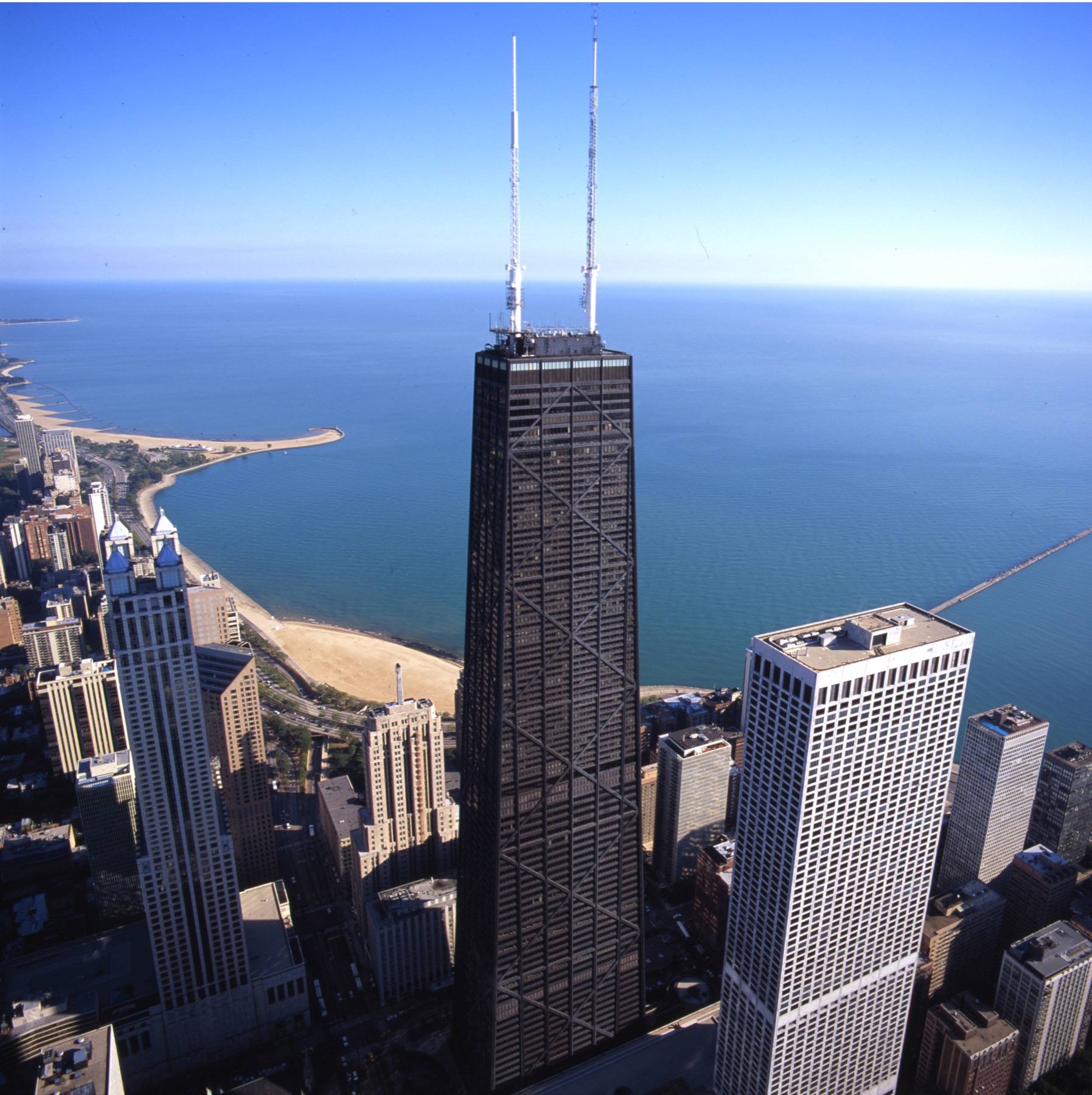
One of the world’s most recognized skyscrapers and an iconic example of late-20th century Chicago architecture, 875 N. Michigan Ave. was born from groundbreaking engineering that helped to make buildings taller than 100 stories a new possibility.
Breaking from the traditional rectangle shape of most skyscrapers, the structure’s signature X-shaped bracing helps support its towering height (1,127 feet). Its tapered shape was designed to create smaller residential floors on the higher floors, thus allowing for more windows with better views.
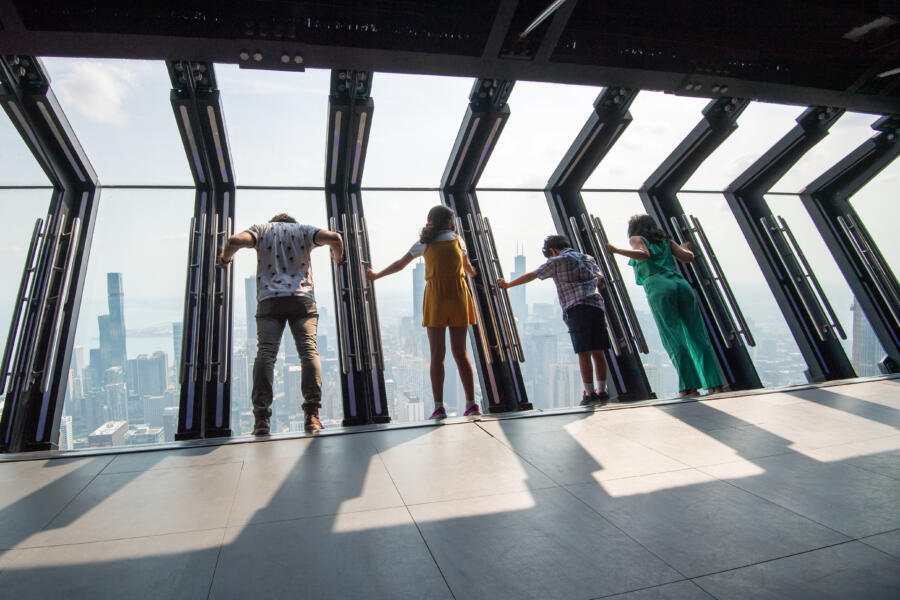
Head to the 360 CHICAGO observation deck, located 1,000 feet above the famed Magnificent Mile, for panoramic views of the Chicago skyline and Lake Michigan. If you dare, try TILT, an enclosed moving platform that literally tilts you over Michigan Avenue from the 94th floor.
875 N. Michigan Ave., architects: Skidmore, Owings & Merrill
10. One Illinois Center
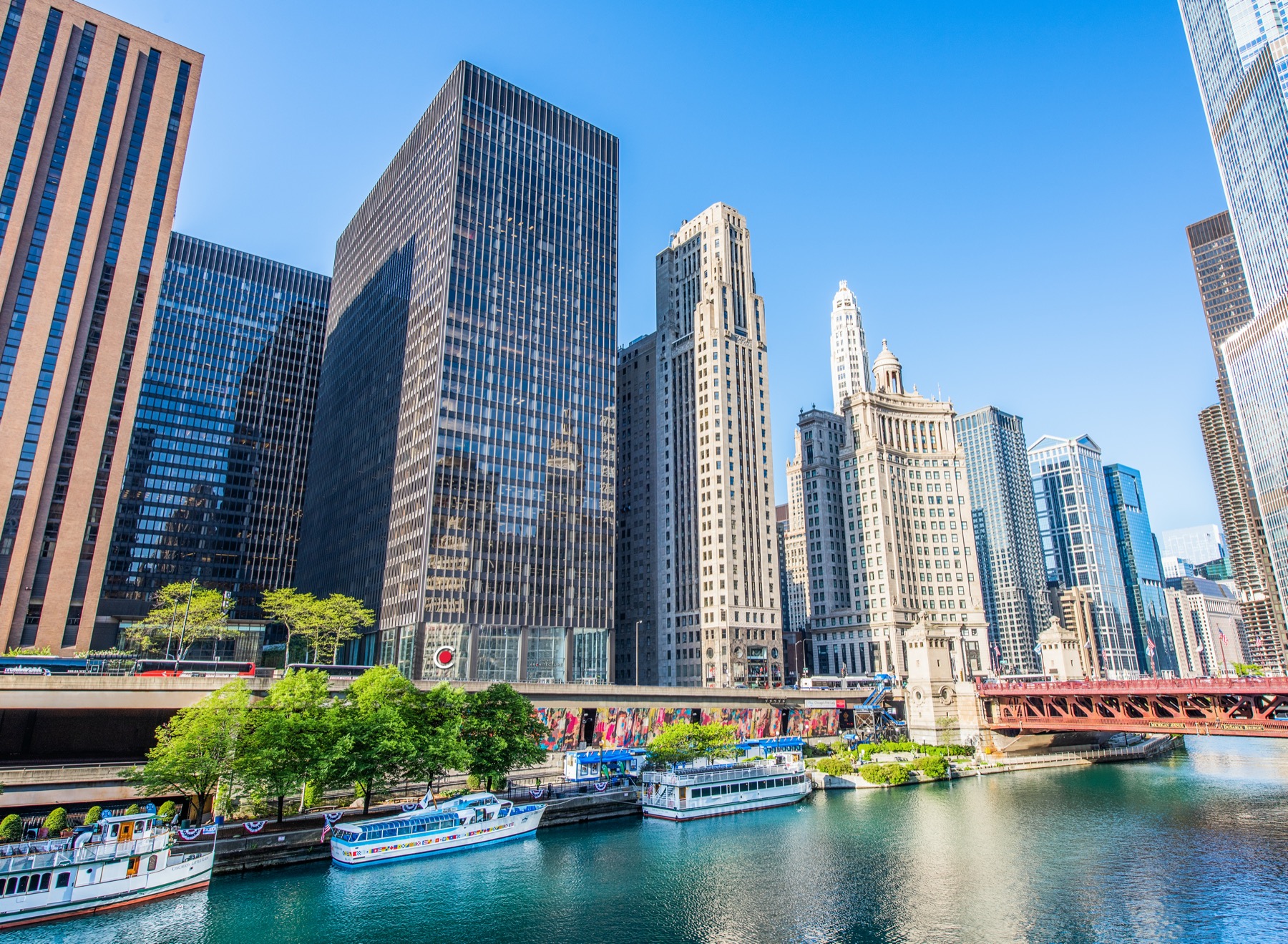
One Illinois Center is one of Mies van der Rohe’s final designs, rising above a former rail yard and the site of Fort Dearborn. It is notable as an example of the International Style, marked by an emphasis on volume, with the use of planes of glass versus brick or stone, and a focus on the elegance of materials and technical perfection over applied ornamentation.
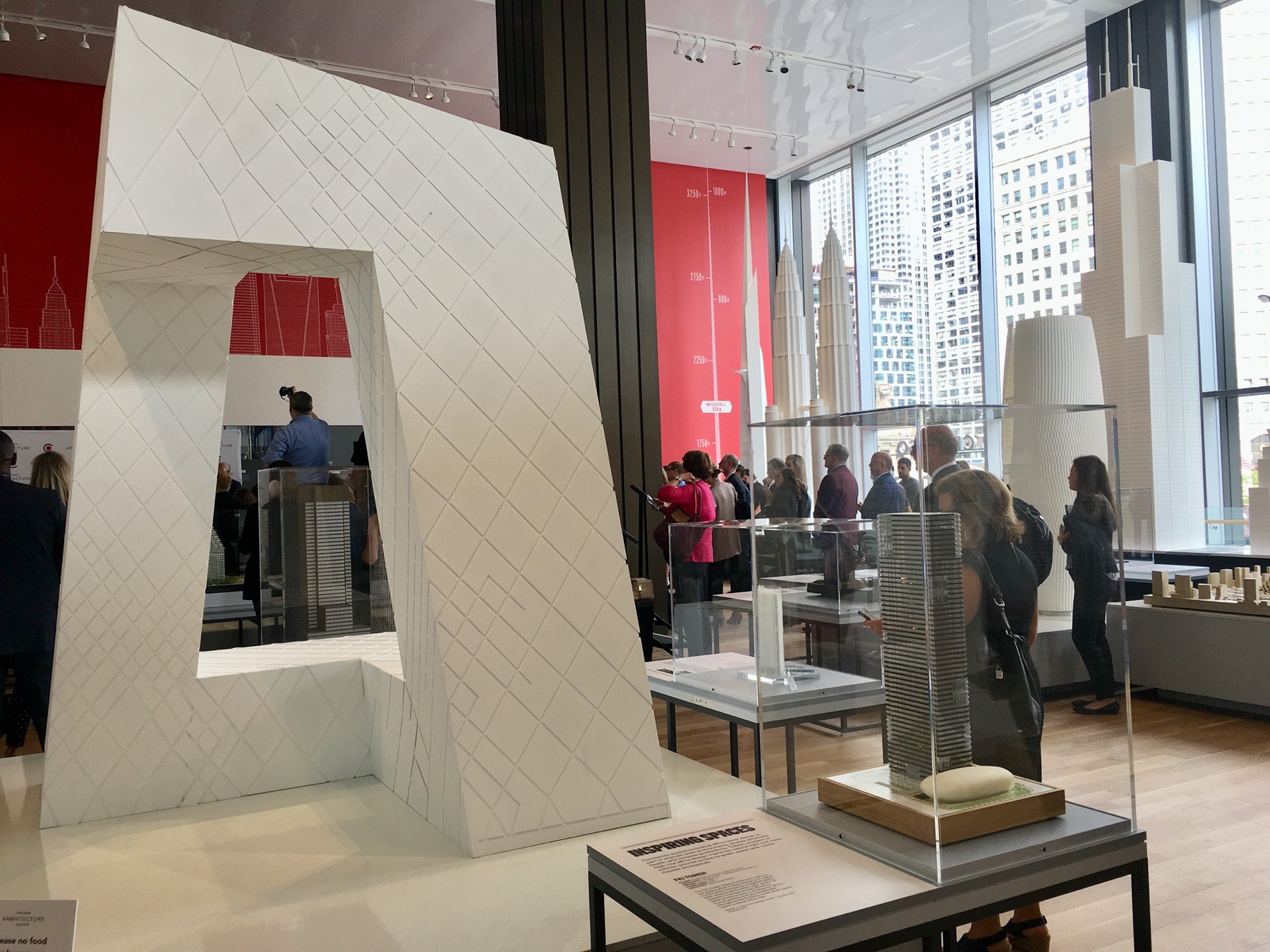
Fittingly, the landmark building houses the Chicago Architecture Center, a cutting-edge museum that incorporates striking and immersive exhibits on architecture’s past, present, and future, all with views of the nearby Chicago Riverwalk, Wrigley Building, and Tribune Tower.
111 E. Wacker Drive, architect: Mies van der Rohe
11. Aqua Tower
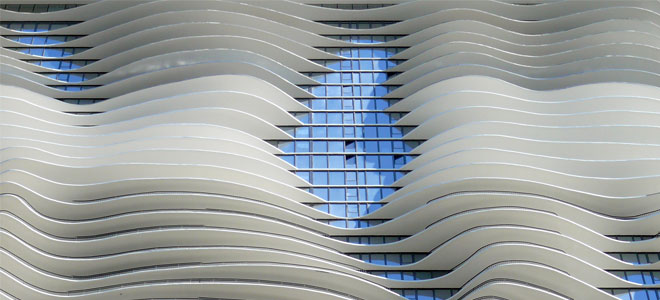
Bridging the gap between skyscraper and sculpture, the Aqua Tower is inspired by the movement and qualities of water. This shimmering multi-use edifice includes the luxury Radisson Blu Aqua Hotel.
The design of the 80-story tower connects strongly with the outdoors, with individual terraces (each unique in size and shape) that give the exterior it its distinctive undulating appearance. Designed by one of Chicago’s star architects, Jeanne Gang, the building fittingly sits near the city’s lakeshore.
12. The St. Regis
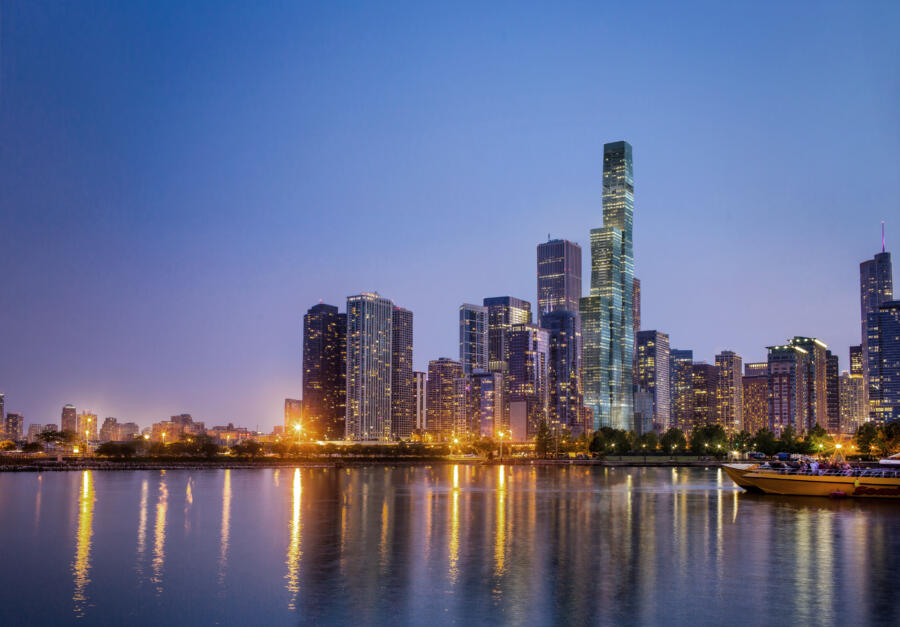
One of the newest additions to the city skyline, The St. Regis Chicago is the city’s third tallest building and the tallest building in the world designed by a woman. The curving multi-colored glass exterior wraps around the building’s 87 stories, home to luxury residences, a high-end hotel, and various fine dining. It’s a jaw-dropping addition to an already-iconic cityscape.
363 E. Wacker Drive, architects: Jeanne Gang of Studio Gang Architects

